An essential to any hunting trip is a dependable knife. Whether you get an animal or not, knives play many key roles in any outdoor experience. Any outdoorsman will tell you the most important basic outdoor survival tool is the knife.
When determining the right type of hunting knife for you to carry, you first need to identify what type of animals you plan to hunt and what other limiting circumstances your particular hunt may dictate. Will you be deep into the field where skinning and quartering will be necessary before transporting your game, or will you have road access right to your kill? Will you be caping out your trophy or delivering directly to the taxidermist? Will you be involved in dozens of wilderness situations where heavy-duty chopping may come in handy? A final key thought to keep in mind is how you wish to carry the knife. The above questions will suggest the blade shape, size, weight and fixed vs. folding advantages/disadvantages so you can make an informed decision.
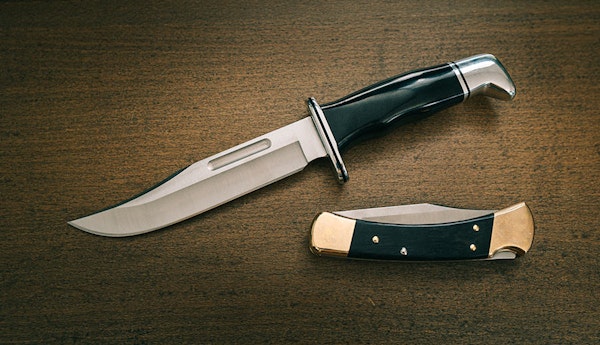
FIXED VS FOLDING
First, you must decide between a fixed blade or folding blade. Fixed blades are heavy duty, easy to clean and easily accessed with a sheath. Folders are very safe; most lock open and won’t accidentally open in your pack or close on your hand. They may be harder to clean and you have to be careful of keeping the folding mechanisms clean, but they are easier and more convenient to carry and conceal. Whether you decide on a fixed blade or folder, you also need to pick a blade shape that best suits your needs.
BLADE SHAPE
All blade shapes have pros and cons, so we recommend these basic blade shapes. Usually a combination of knives with these shapes will best suit your needs.
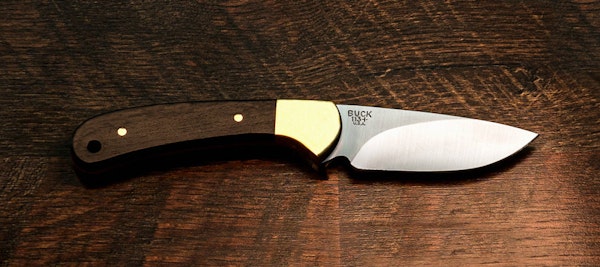
SKINNER
Best suited for skinning game. The tip is narrow, while the wide curved belly gives a nice skinning sweep that aids in getting through thick layers. The downward angled, more blunt point makes it harder to make an accidental slice through the hide by mistake. The blade grind leaves a thicker point which can be a leveraging tool when popping joints for quartering. The skinner’s wide blade is not suited for fine detailed work.
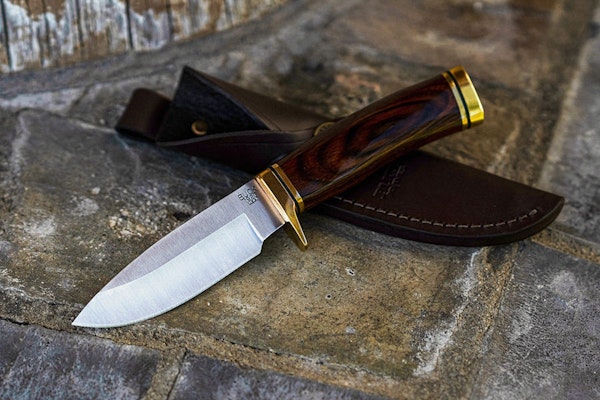
DROP POINT
This blade is full bellied with a strong, thick point for heavier tasks. It does not have the same belly width as the skinner and thus can be used as a general work knife. The top of the blade drops down toward the tip, which provides a nice thick tip and minimizes accidental puncturing while skinning.
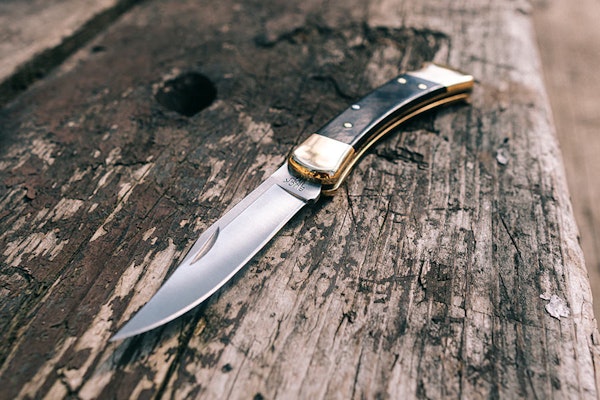
CLIP
The front end of the blade is concavely ground to a crescent tip which makes it thinner with a sharper point. This shape provides good control for detail work and cutting in tight places. It is also well suited for intentional punctures like new holes in your belt, etc. While the point of the blade is effective for detail work, it’s not as strong as the thicker points on drop points and skinners. You have to be very careful of putting too much side pressure on the tip, or you could break your blade.
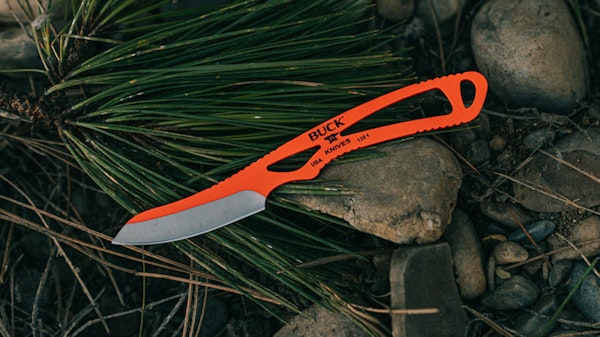
CAPING
Small slim blade, almost scalpel like in shape. It has a mild drop point, with nearly a spear tip shape that is used for the delicate removal of the hide of the face of a trophy animal. The shape makes caping knives perfect choices for birds and small game. Caping knives tend to be slim and very light duty so they are not always the right choice if you only intend to carry a single knife.
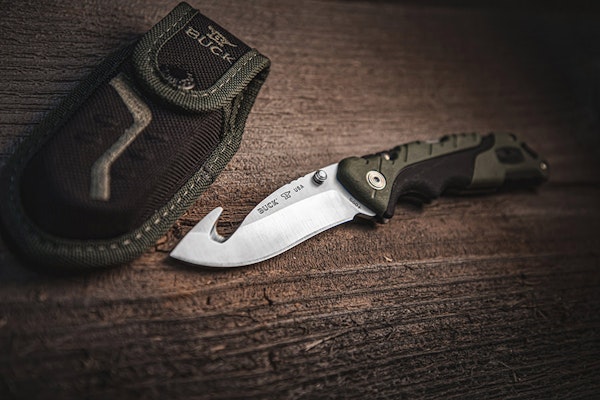
GUTHOOK
The guthook is meant to “unzip” the hide and can be used as an amazing aid to skinning. It’s also used in opening the hide on the legs and helps avoid cutting into the entrails while gutting. Contact with the hide or hair of a fallen animal will dull a blade edge very quickly. The guthook helps preserve your other blades, when used in tandem with a sharp knife it is the best way to field prep your animal.
Whether you select a fixed blade or folder, each knife is specifically designed for the task at hand. I hope this guide helps you determine what you need for that next hunt.
By CJ Buck – Fourth generation Buck family member and CEO & Chairman
Knives featured in the article:
Fixed blade: 119 Special Knife
Folder: 110 Folding Hunter Knife
Skinner: 113 Ranger Knife
Drop point: 192 Vanguard Knife
Clip: 110 Folding Hunter Knife
Caping: 135 PakLite Caping Knife
Guthook: 660 Folding Pursuit Large Guthook




